Car coatings are protective layers applied to the car’s exterior surfaces to enhance durability, aesthetics, and ease of maintenance. In this guide, we will explore different types of car coatings, including ceramic coatings, paint protection films (PPF), and wax/sealant coatings. For each type, we will delve into their advantages, disadvantages, application methods, durability, protection levels, and maintenance requirements, offering insights to help car owners choose the most suitable coating for their cars.
What is Car Coating?
Car coating, also known as car paint protection coating or ceramic coating, is a liquid polymer applied to the exterior surfaces of a car to provide an additional layer of protection against various environmental contaminants and elements unlike traditional wax or sealant, which offer temporary protection, car coatings create a semi-permanent bond with the different types of car paint, forming a durable and transparent layer that acts as a barrier against UV rays.
Types of Car Coating
An application of substance to a surface for decorative, protective, or other useful purposes is called a coating. Different types of car paints, sealants, and ceramic coatings are just a few of the materials that can be used to create coatings. Wax, sealants, and ceramic coatings are a few of the alternatives available for protecting the paint on cars. Forming a durable and transparent layer that acts as a barrier against UV rays, oxidation, bird droppings, insect splatters, road tar, and other pollutants and this protective layer enhances the shine and gloss of the paint, while also making it easier to clean and maintain the car’s appearance over time.
|
Type of Car Coating |
Description |
| Ceramic Coating | A liquid polymer coating that forms a strong, semi-permanent bond with the vehicle’s paintwork, providing long-lasting protection against environmental contaminants, UV rays, and oxidation. Ceramic coatings offer enhanced gloss and hydrophobic properties, making the surface easier to clean and maintain. |
| Polymer Sealant | Similar to ceramic coatings, polymer sealants provide a protective layer over the paintwork, but typically offer a shorter lifespan compared to ceramic coatings. They provide good protection against UV rays and contaminants, with easier application and removal. |
| Wax Coating | Traditional wax coatings offer temporary protection and shine to the vehicle’s paintwork. While they may not last as long as ceramic coatings or sealants, wax coatings are easy to apply and provide a warm, glossy finish. Regular application is needed to maintain protection. |
| Nano Coating | Nano coatings utilise nanotechnology to create a thin, invisible layer on the surface of the paint. They offer enhanced scratch resistance, water repellency, and durability compared to traditional coatings. Nano coatings are known for their self-cleaning properties and can last for several years with proper maintenance. |
| Graphene Coating | Graphene coatings incorporate graphene, a two-dimensional carbon material, to provide superior strength, flexibility, and conductivity. Graphene coatings offer enhanced protection against scratches, UV rays, and chemical contaminants, with exceptional water repellency and gloss. They are considered one of the most advanced and durable coatings available. |
Choosing the Right Car Coating: A Breakdown by Type
1. Ceramic Coating
Ceramic coatings are liquid polymer coatings applied to a vehicle’s exterior surfaces to provide durable protection against environmental contaminants, UV rays, and oxidation. They form a semi-permanent bond with the paint, enhancing its gloss and hydrophobic properties. Ceramic coatings require meticulous surface preparation and professional application for optimal performance.
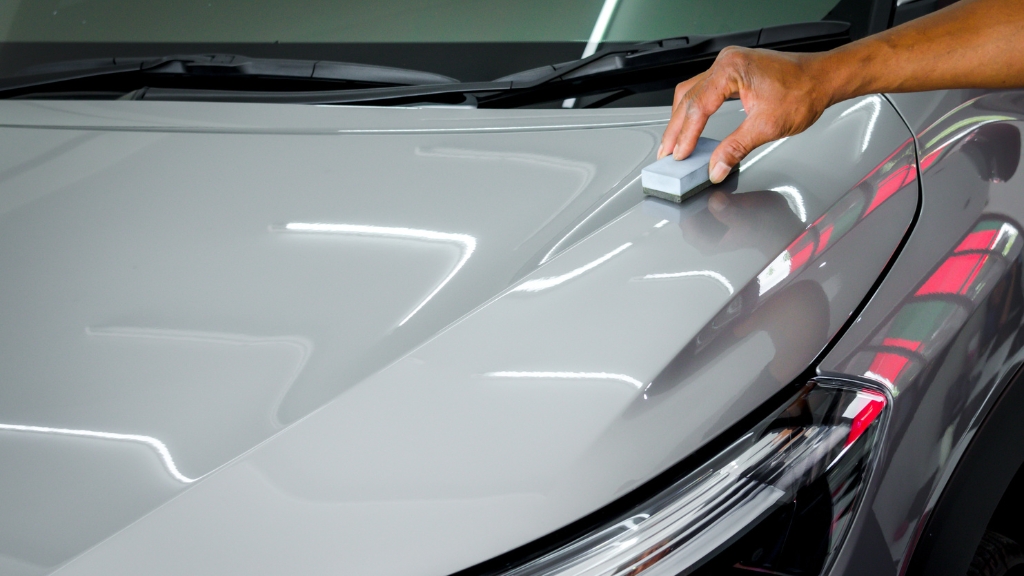
Advantages:
- Long-lasting protection
- Enhanced gloss and hydrophobic properties
- Durable defence against contaminants and UV damage
2. Polymer Sealant
Polymer sealants are synthetic coatings applied to a vehicle’s paintwork to offer protection against environmental elements, providing a glossy finish and ease of application. They deliver decent durability and affordability, striking a balance between protection and cost.
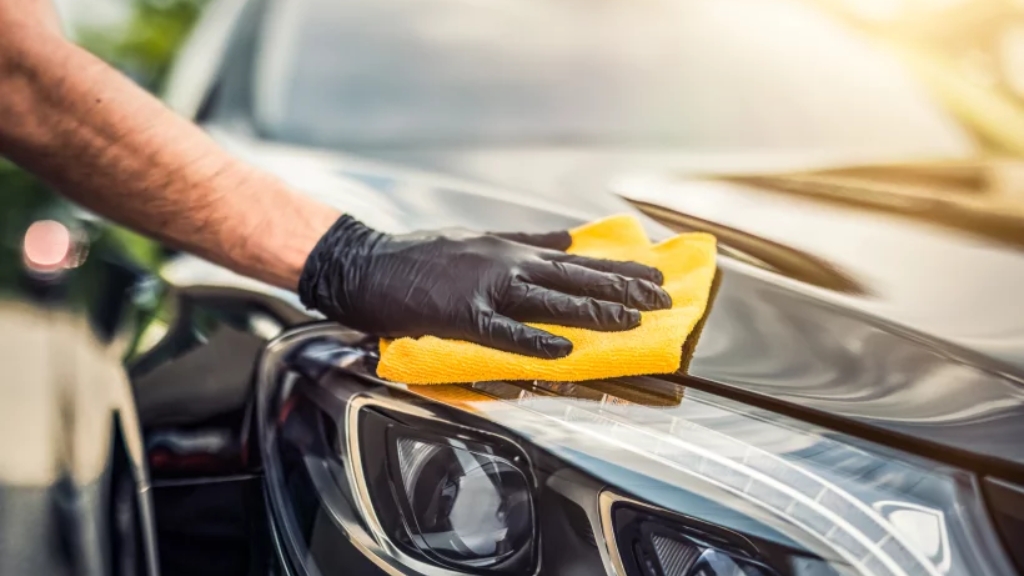
Advantages:
- Effective protection with a glossy finish
- User-friendly application
- Balance between durability and affordability
3. Wax Coating
Wax coatings involve the application of natural or synthetic waxes to the vehicle’s paint, enhancing its appearance with a warm, glossy finish. They offer temporary protection against contaminants but require regular reapplication due to susceptibility to environmental factors.
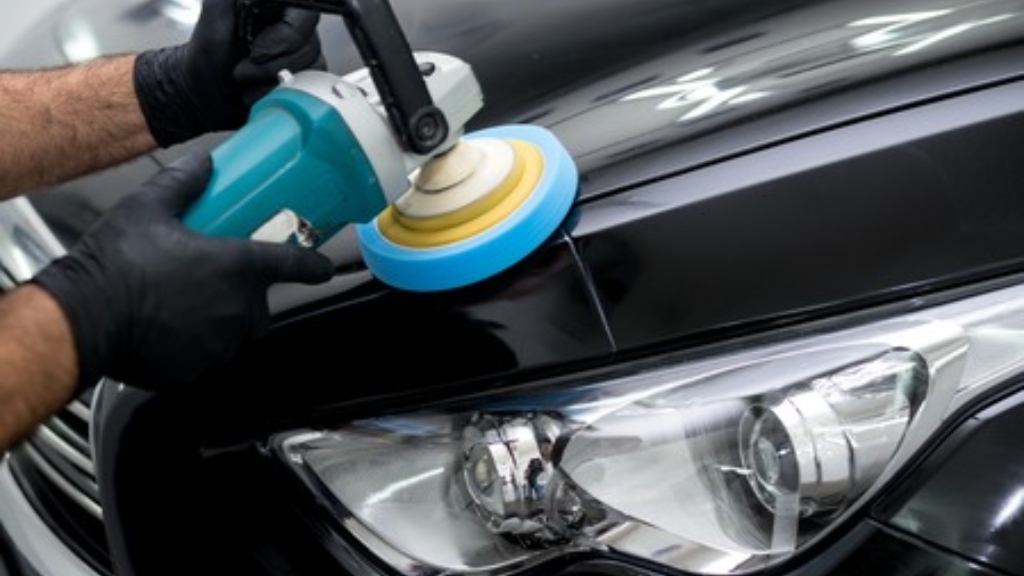
Advantages:
- Warm, glossy appearance
- User-friendly application
- Enhances visual appeal and provides temporary protection
4. Nano Coating
Nano coatings utilise nanotechnology to create a thin, invisible layer on the paint’s surface, providing advanced scratch resistance, self-cleaning properties, and long-term protection. They repel water and contaminants, ensuring enduring defence.
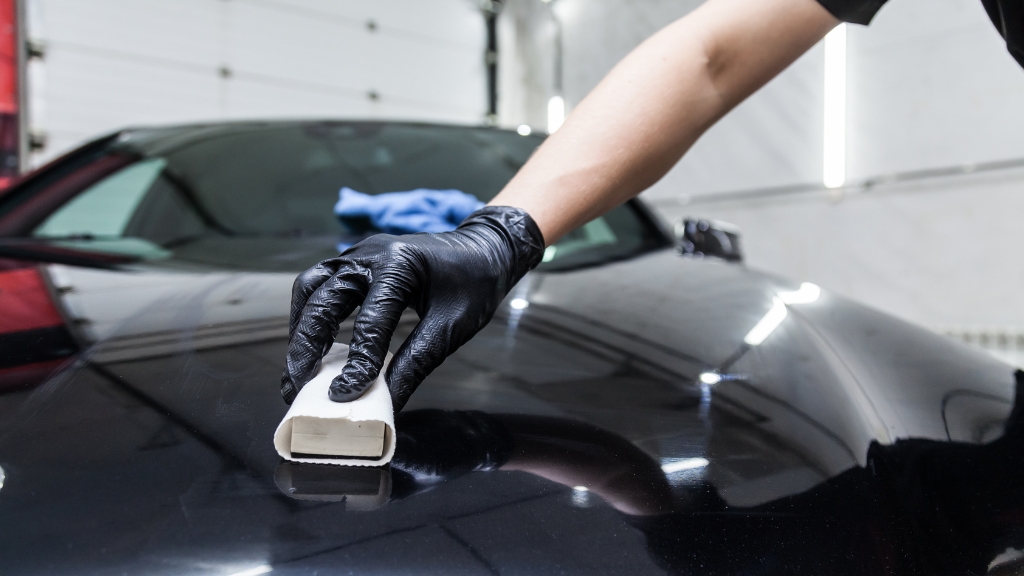
Advantages:
- Advanced protection, scratch resistance, and self-cleaning properties
- Long-term defence against environmental contaminants
5. Graphene Coating
Graphene coatings harness the strength and durability of graphene, offering superior protection against scratches, chemical contaminants, and UV rays. They provide long-lasting defence with advanced properties, requiring professional application for optimal results.
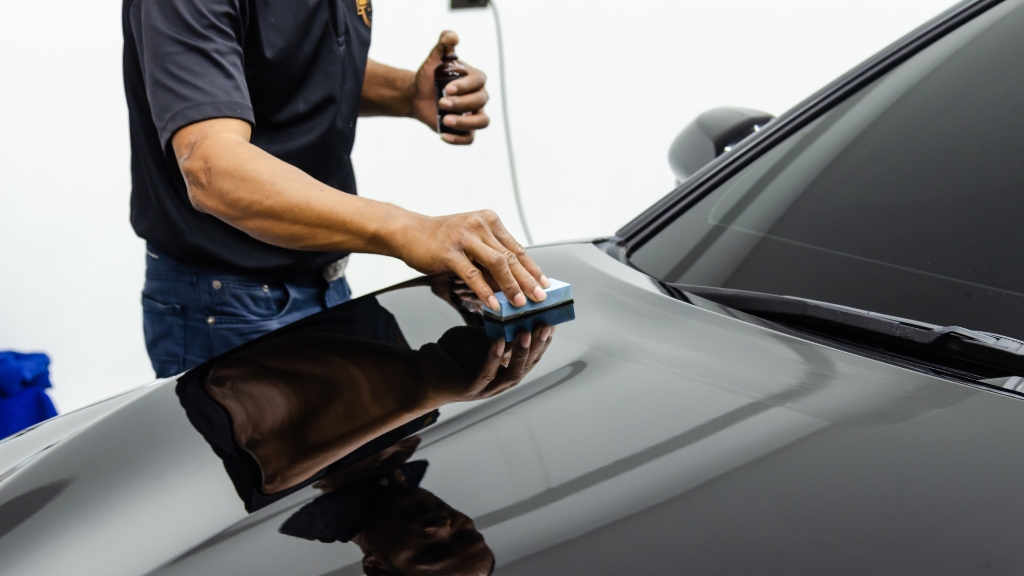
Advantages:
- Unparalleled strength, durability, and protection
- Long-lasting defence against environmental aggressors
Conclusion
Best car coating is based on various factors of your car.
- Your car’s condition: Newer cars benefit more from ceramic coatings for long-term protection of the car.
- Your climate: If you live in an area with harsh sun or frequent car washes, a ceramic coating offers more advantages.
- Your DIY skills: If you’re comfortable applying coatings yourself, consider DIY ceramic coating kits. However, professional application ensures the best results.






Leave a Reply